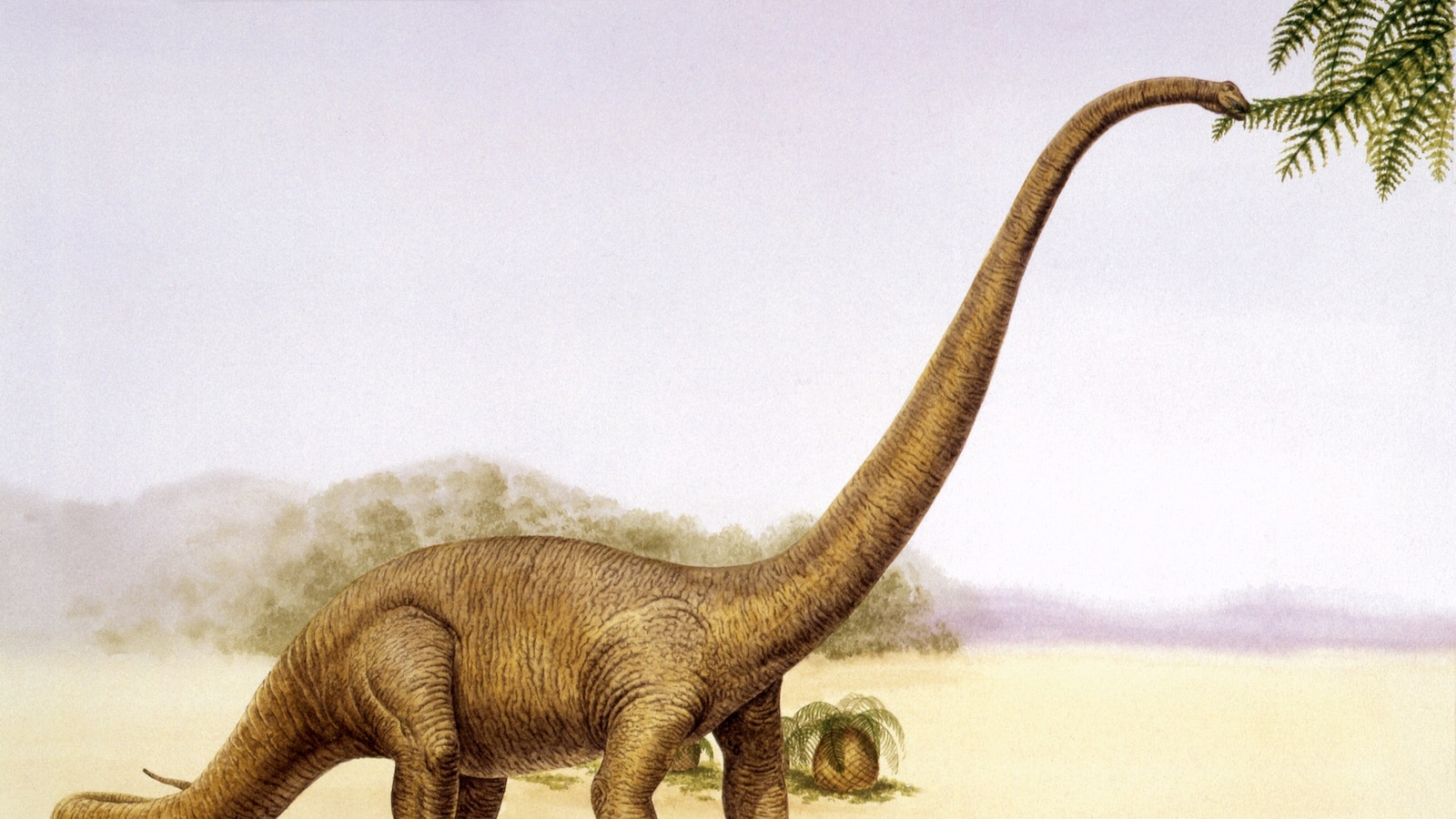AI Generated News: The Hidden 90% of Earth's Unknown Life!

Did you know that around 90% of life on Earth remains undiscovered? Shocking, right? Despite decades of exploration and study, scientists are revealing that our planet is still shrouded in mystery, with countless species awaiting discovery.
Benji, an environmental correspondent at Vox and a former wildlife researcher, dives deep into the perplexing reality that our knowledge of Earth's biodiversity is alarmingly limited. While we have cataloged some incredible creatures, the vast majority of life forms—particularly the small, often overlooked organisms—remain a mystery. It's as if we're living on a planet filled with hidden treasures that we don't even know exist!
According to scientists, for every species we've identified, there could be up to nine more that are still waiting to be discovered. This means that instead of the well-mapped biodiversity we assume, much of our planet's life is still hidden in the shadows. The small organisms—think insects, mites, and crustaceans—are essential to our ecosystems, producing soil, pollinating crops, and feeding a plethora of species. And yet, the field remains overwhelmingly unexplored.
For instance, in just one family of flies, the Cecidomyiidae, it's estimated there might be 1.8 million species globally, but fewer than 7,000 have ever been described. Emily Hartop, a researcher at the Norwegian University of Science and Technology, emphasizes this unknown status: “Most people think that life on Earth is described... The reality is that for most species, we don’t know what they are or what they’re doing.”
These elusive species—dubbed 'dark taxa'—are biology’s dark matter. They may hold secrets that are crucial for our survival. Rudolf Meier, a researcher at Berlin’s Museum of Natural History, warns we risk losing vital components of our ecosystems simply because we don't know they exist: “The little things run the planet.”
Over the years, Hartop and other researchers have set out to illuminate these dark corners of biodiversity. With innovative methods, they’ve been uncovering new species everywhere they look. For example, in Los Angeles, Hartop’s team set up bug traps and, in just a year, discovered 99 species of scuttle flies, with 43 being entirely new to science. It seems that the more scientists seek out these hidden species, the more they find!
But why have so many organisms been overlooked? For one, many are tiny—often measuring less than 5 millimeters—making them easy to miss. Funders typically prefer to support research that focuses on more charismatic creatures like birds and butterflies. However, identifying dark taxa isn’t just challenging due to their size; the diversity within these groups complicates matters further. While there are only three species of elephants, there could be a staggering one million species of scuttle flies alone.
Thankfully, we are entering what some scientists call the “Golden Age of discovery.” With advancements in DNA sequencing technology, researchers can now identify species more efficiently than ever before. This process has transformed the way we understand and categorize life on Earth, akin to using barcodes at supermarkets to uniquely identify products.
One such initiative, the Barcode of Life project, aims to collect DNA data for every animal species on the planet. So far, it has amassed sequences for approximately 1.5 million species. With only a $1 billion investment, researchers believe they could complete this monumental task by 2040.
Ultimately, understanding the intricate web of life on Earth is not just about cataloging species; it’s about ensuring our ecosystems remain resilient and capable of supporting life. As Hebert passionately states, “This is the planet we live on. We really should understand the organisms that we share it with.” And if any billionaire out there is listening, now might be a great time to invest in the future of Earth’s biodiversity!


















